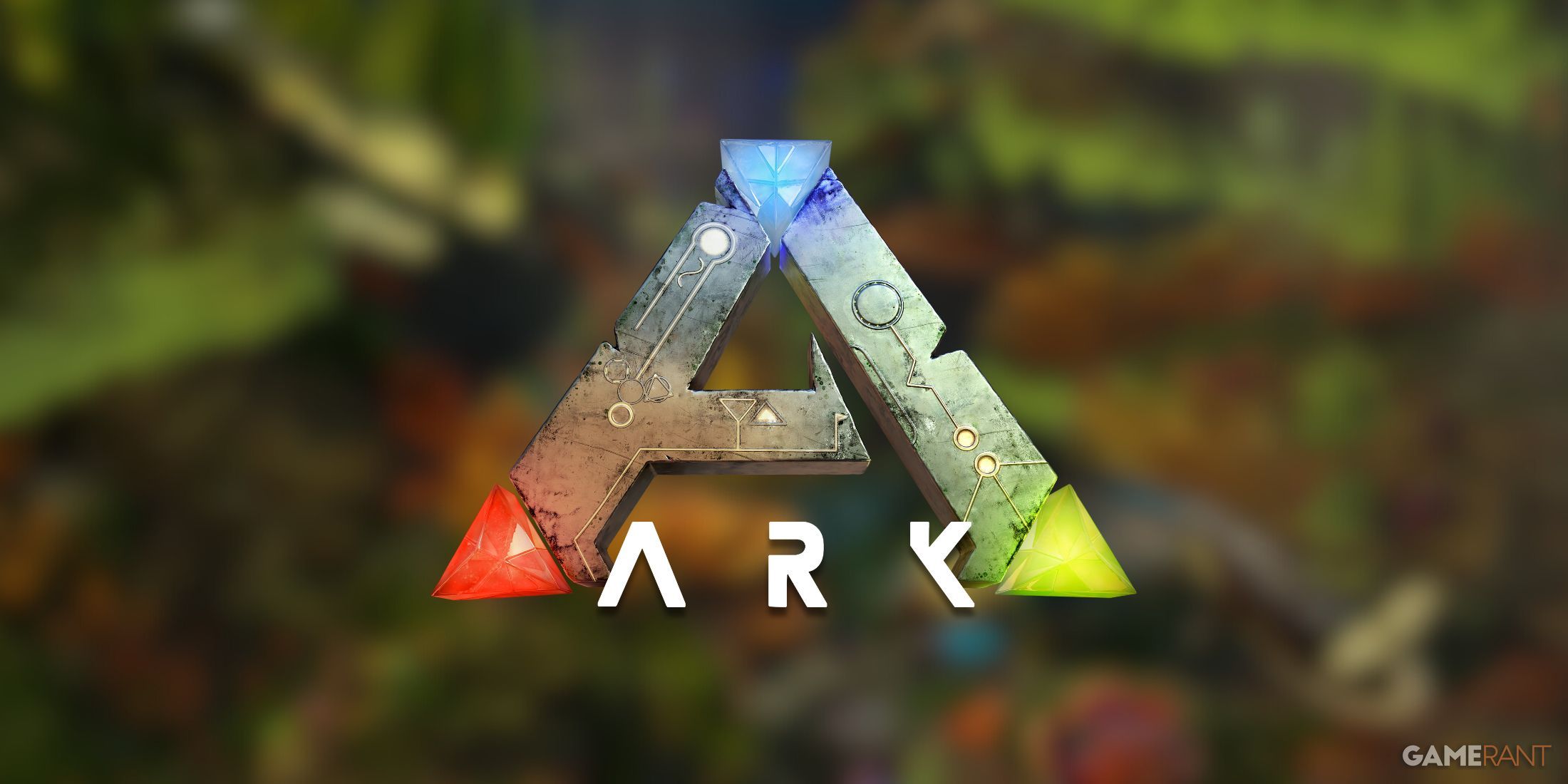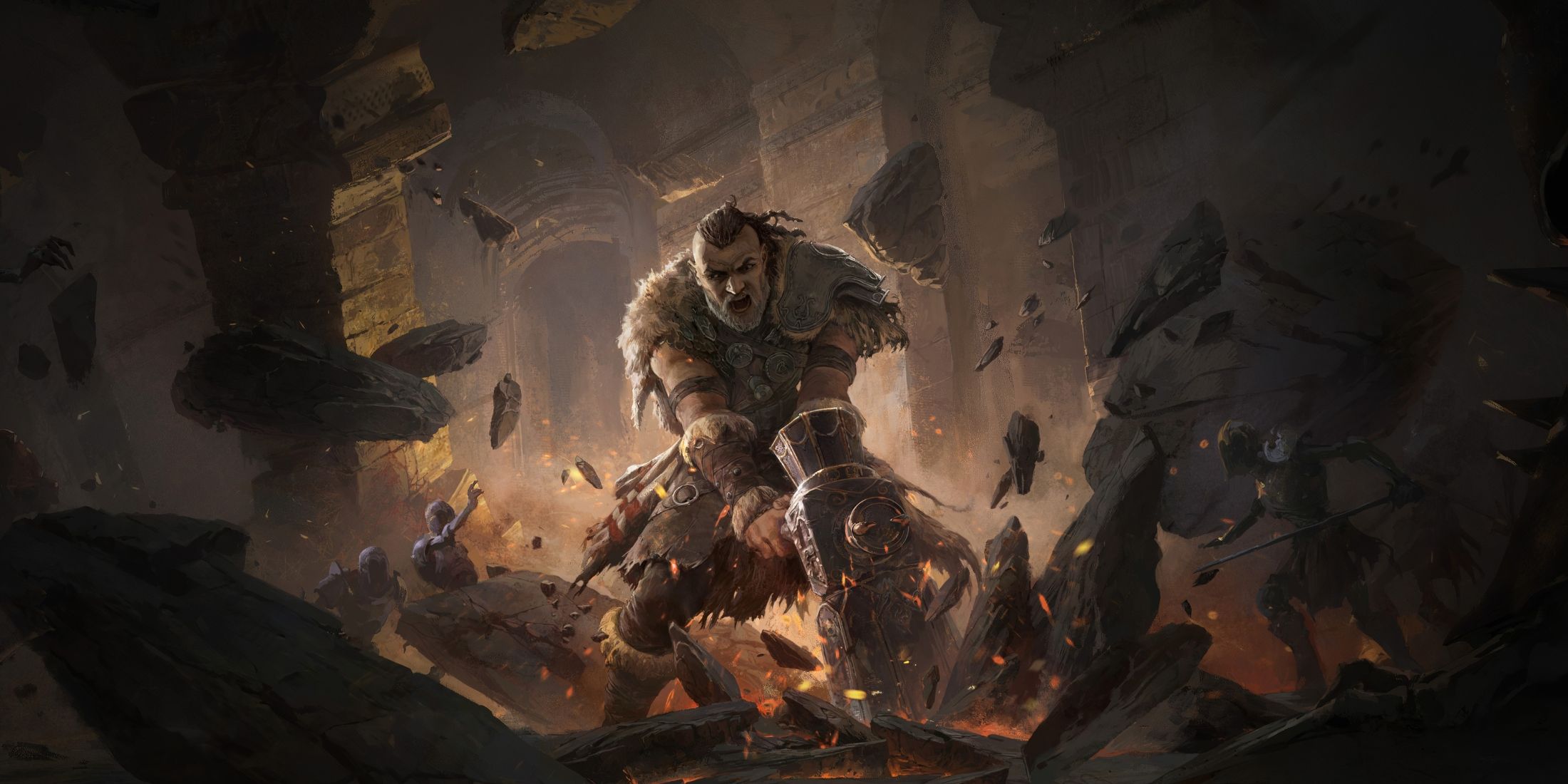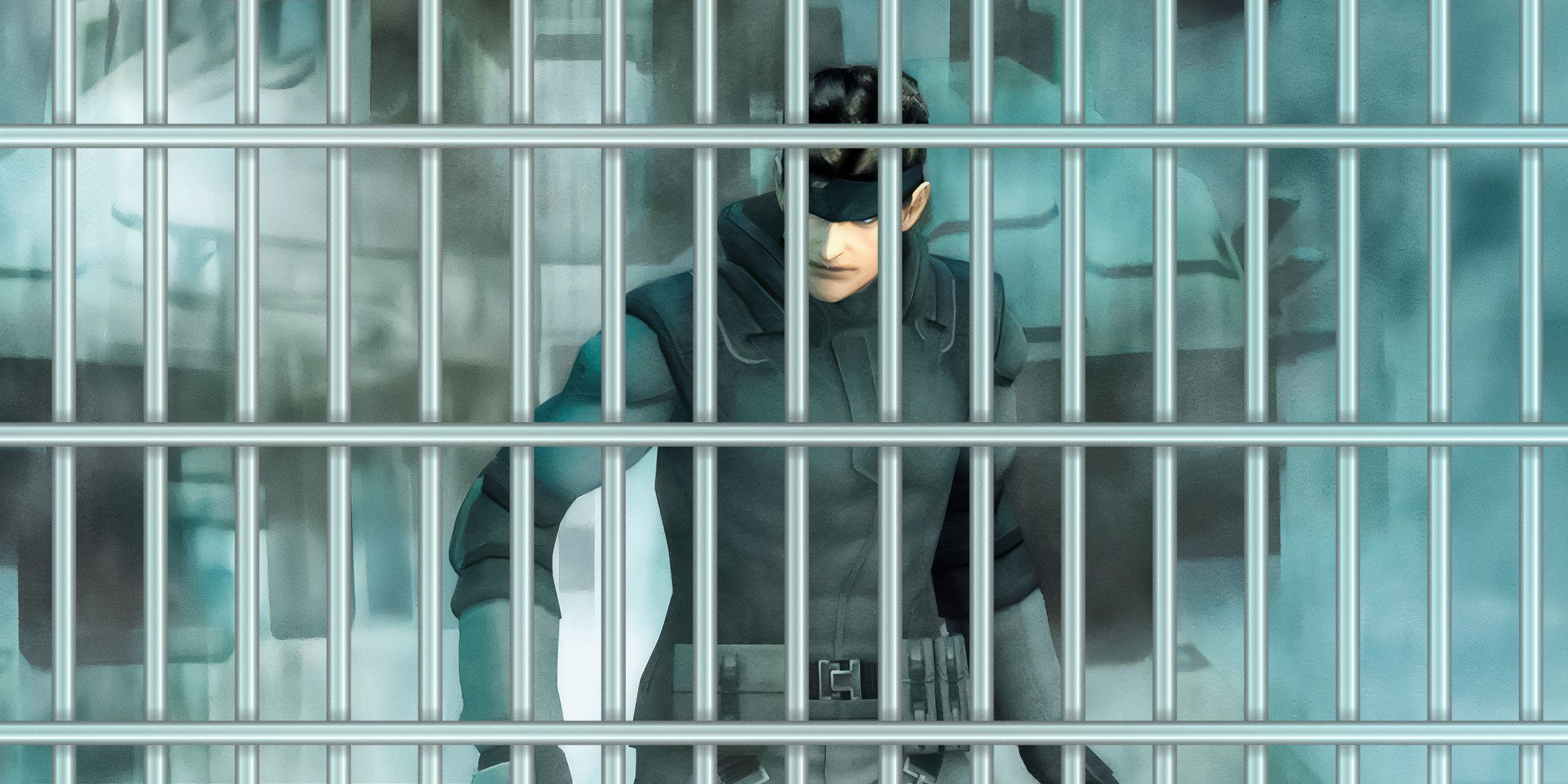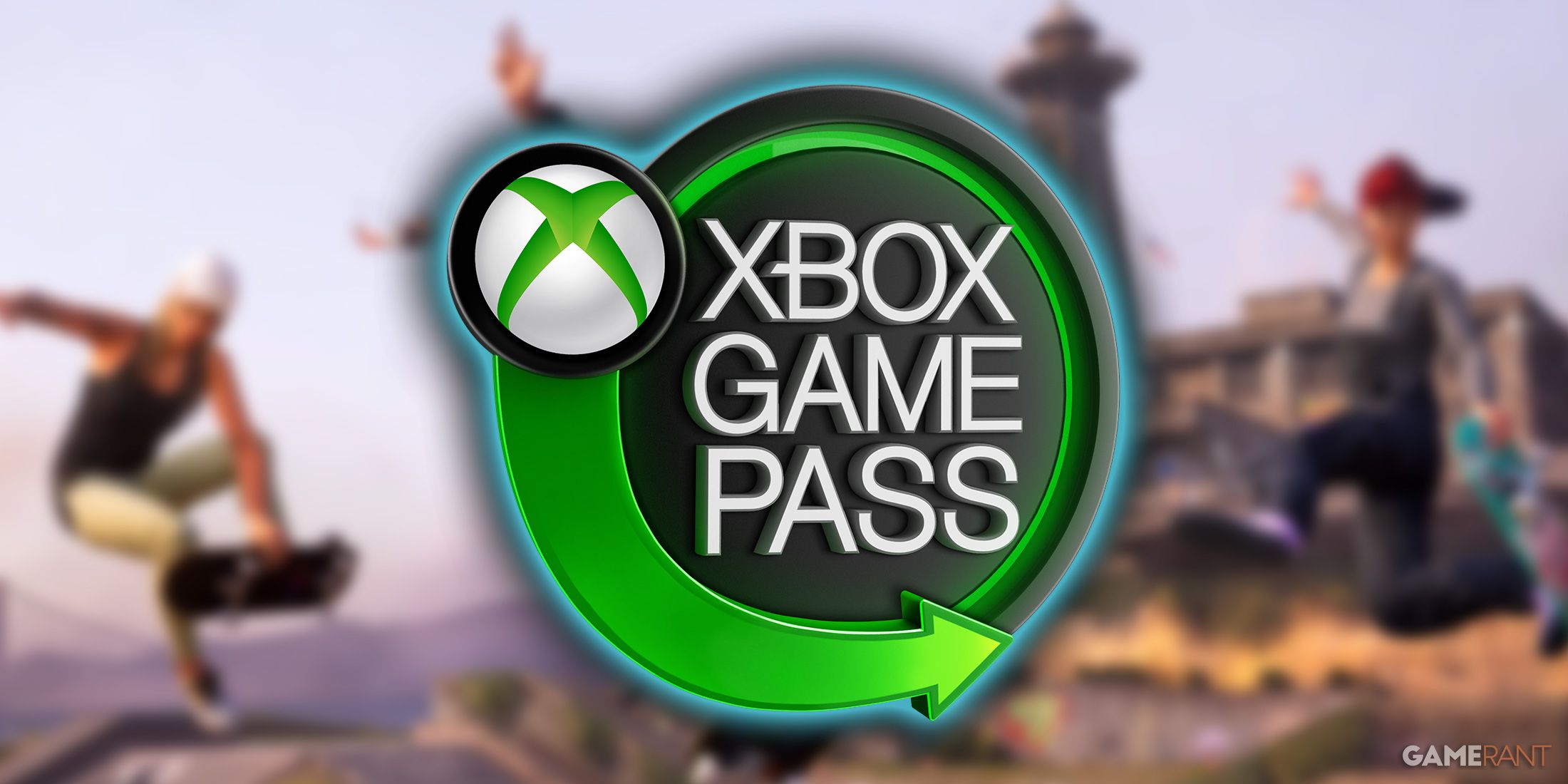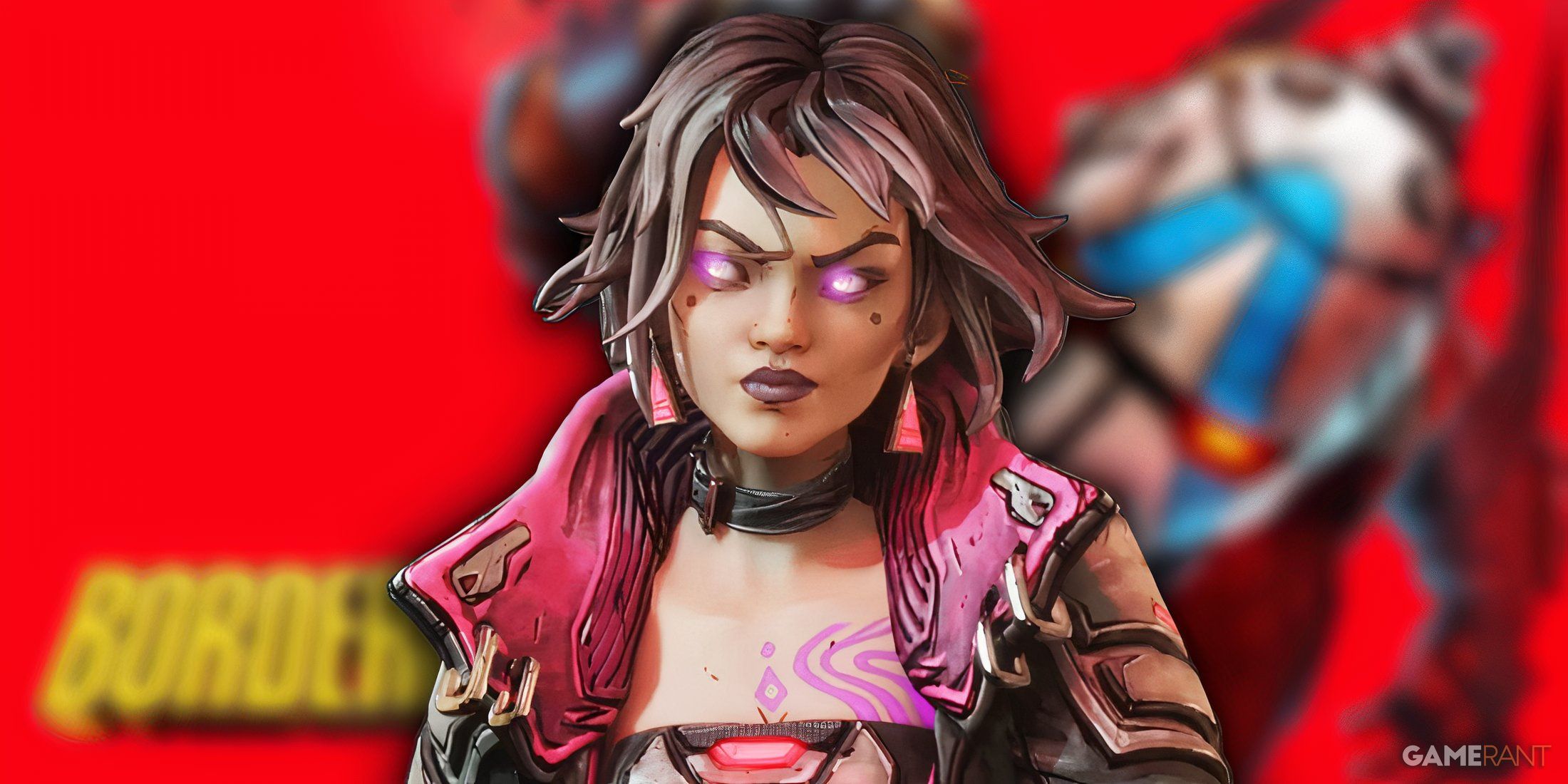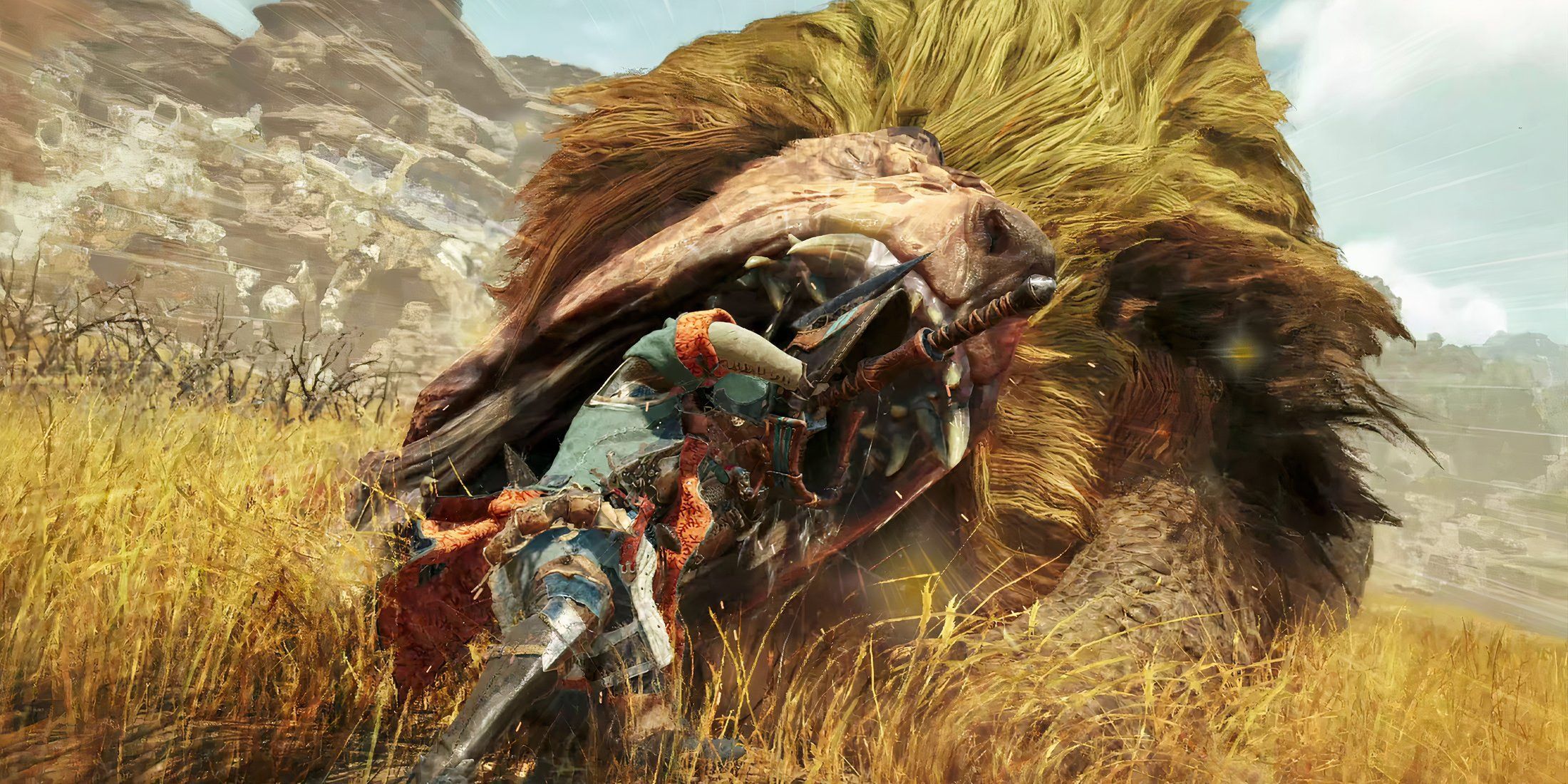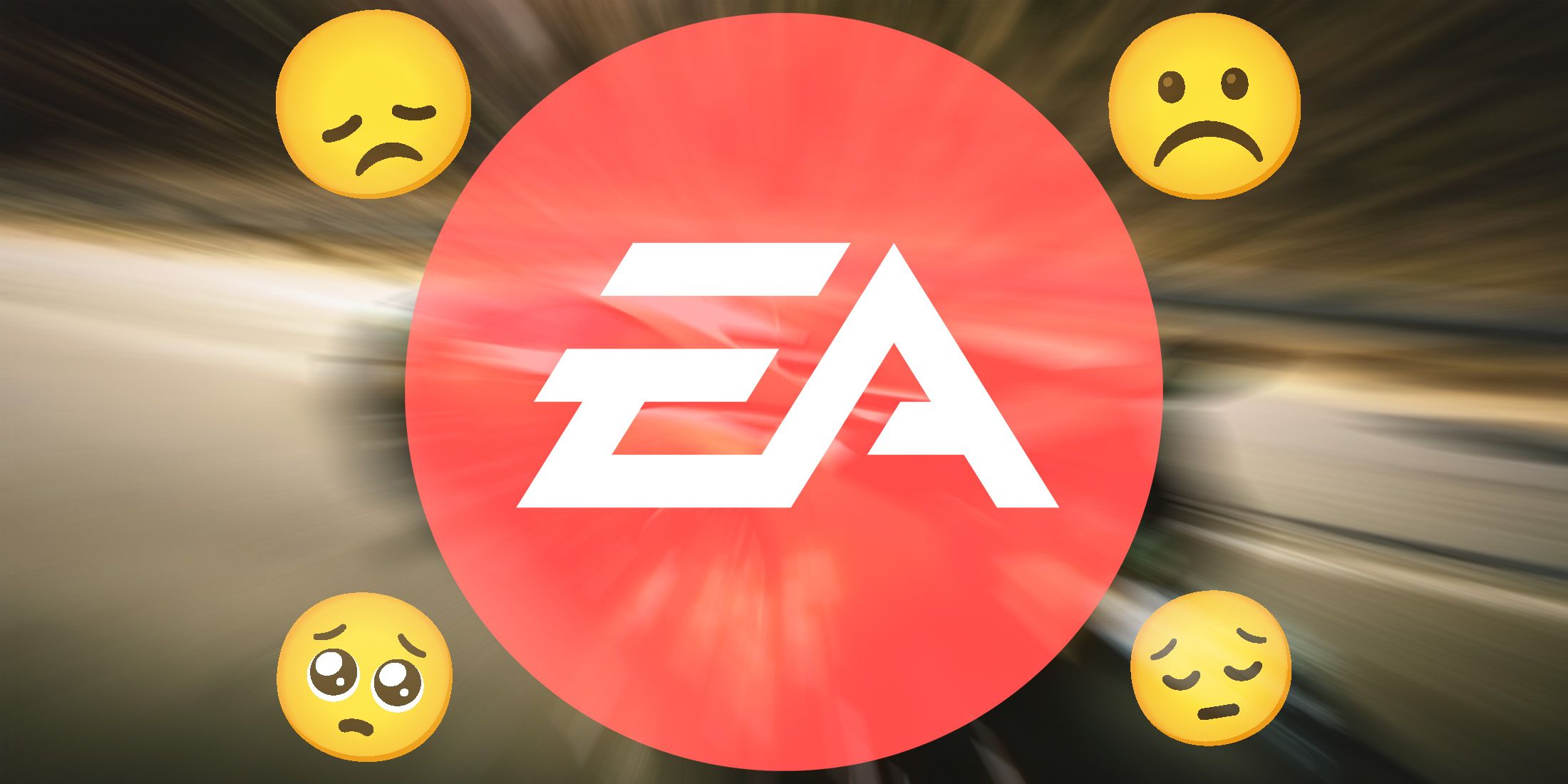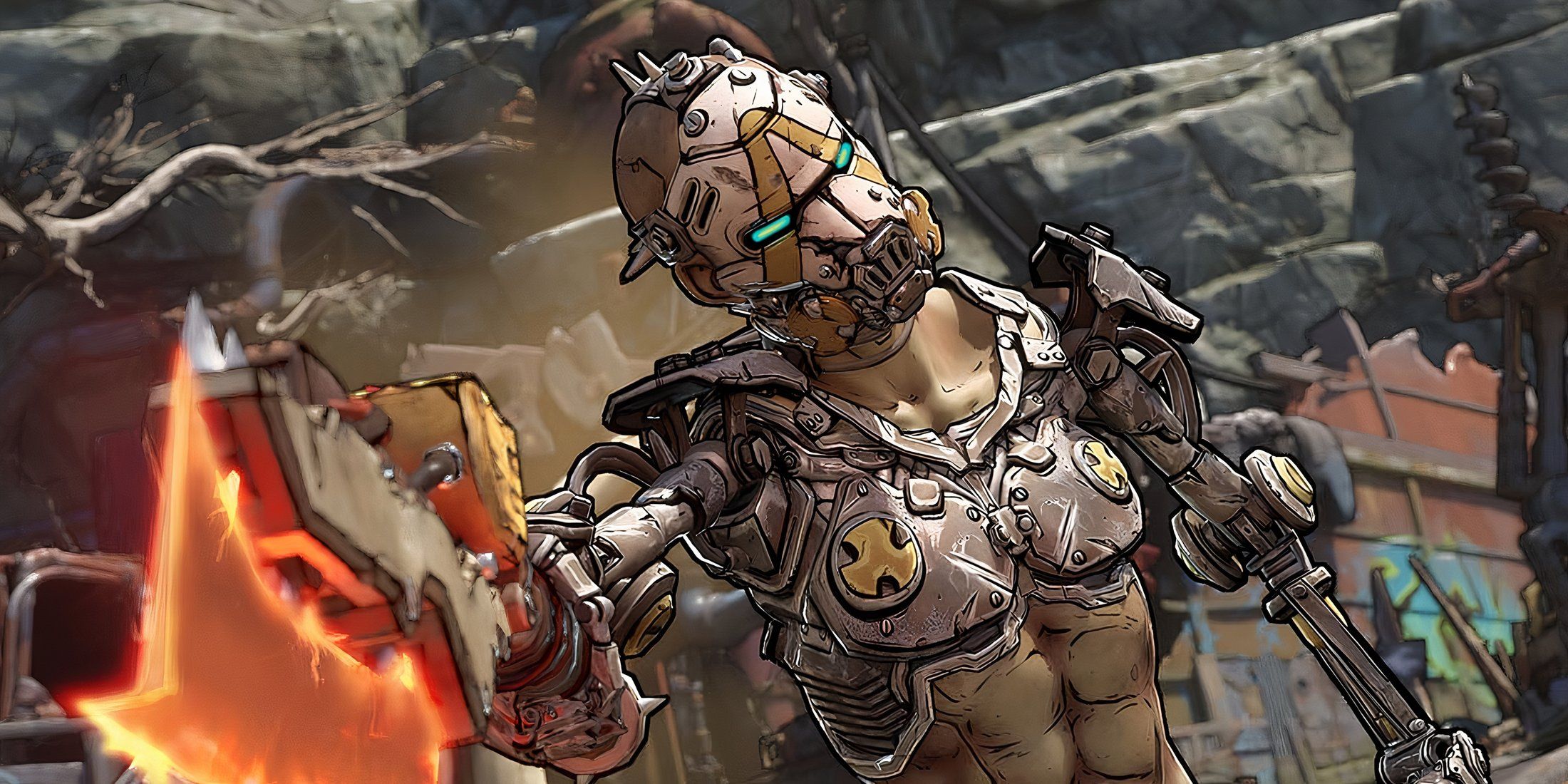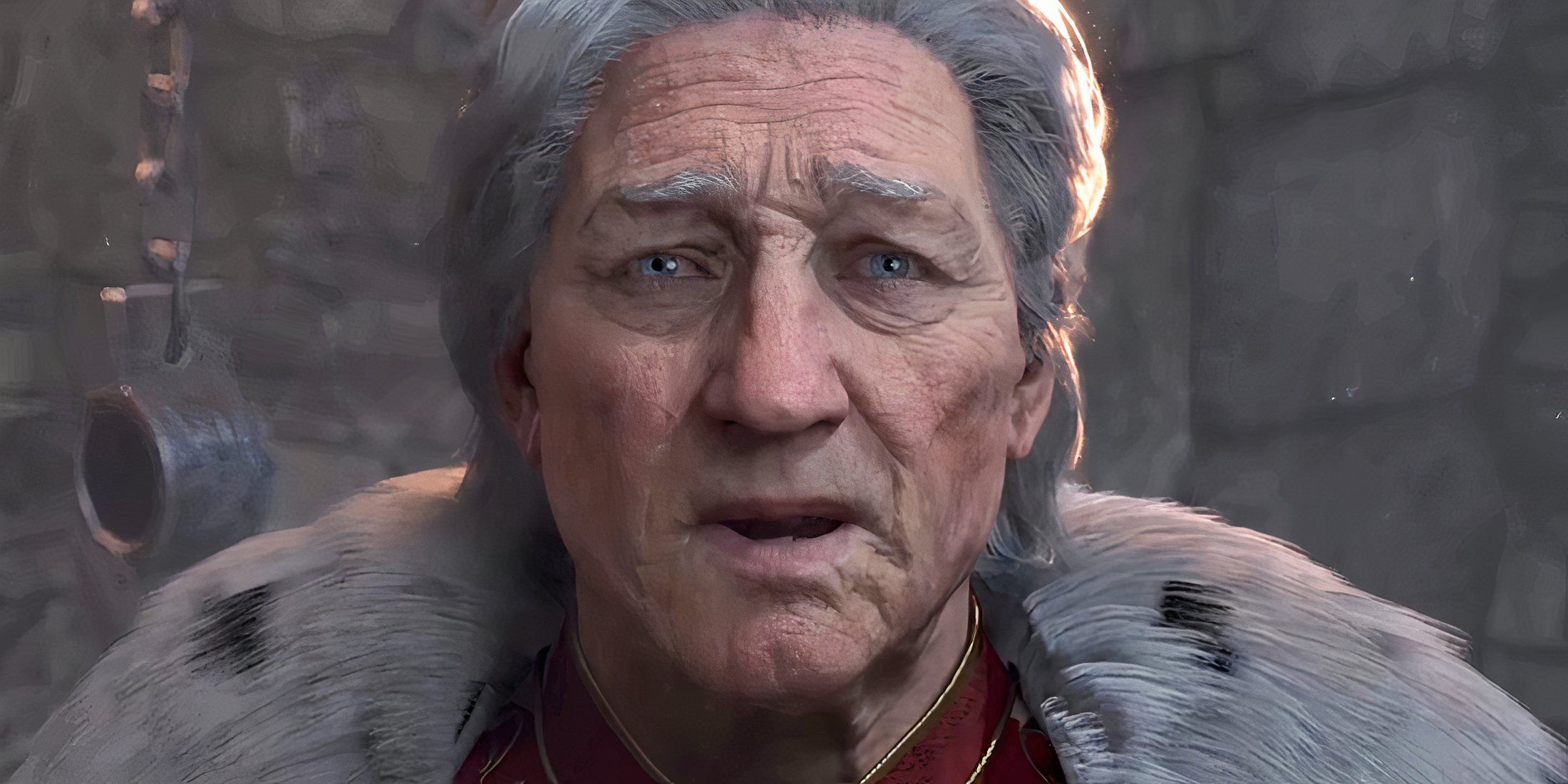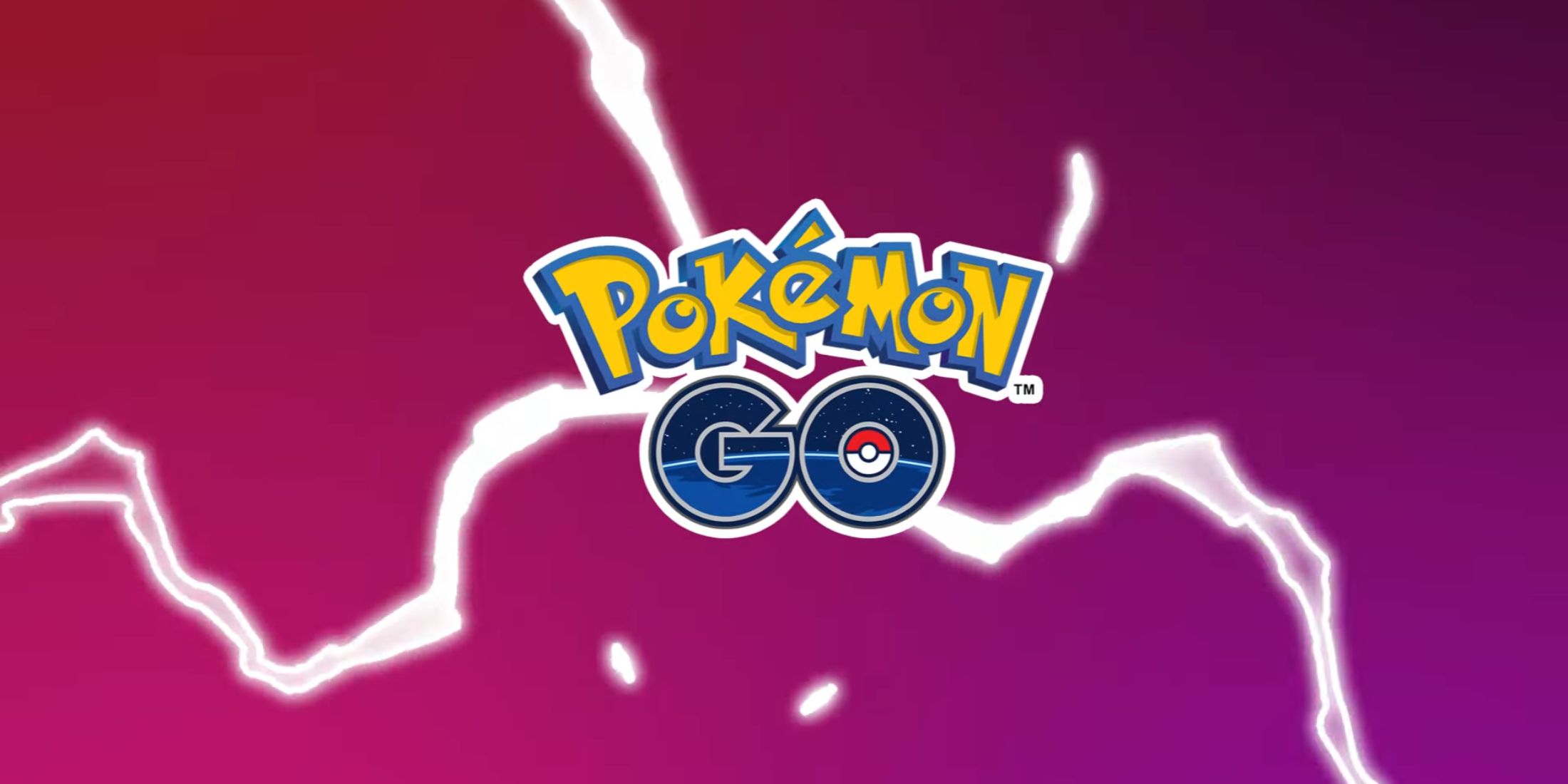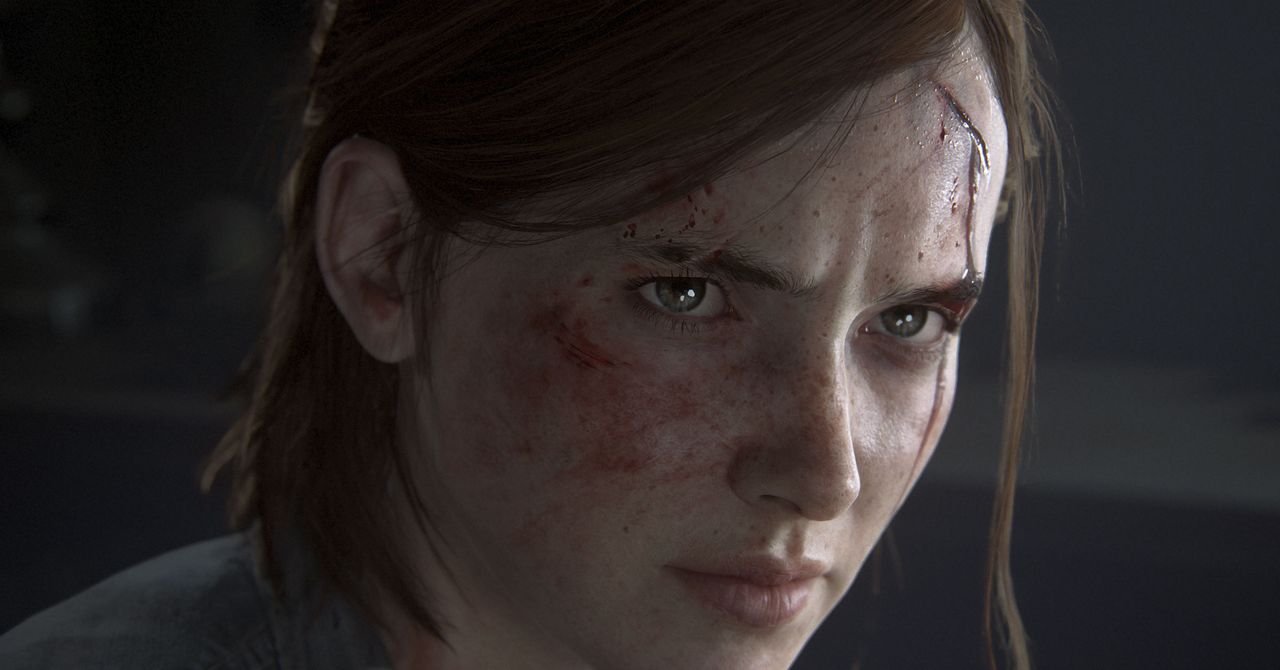
If 2020 had been a normal year, then the annual Electronic Entertainment Expo would have happened this past summer in Los Angeles. If E3 had taken place, then some of the gaming industry’s biggest studios and publishers would have held press conferences watched by millions of gamers around the world heralding many of their biggest upcoming releases. And if that had happened, then for the sixth year in a row, we at Feminist Frequency would have compiled data on the announcements to determine whether or not female representation in video games is actually getting any better.
Related Stories
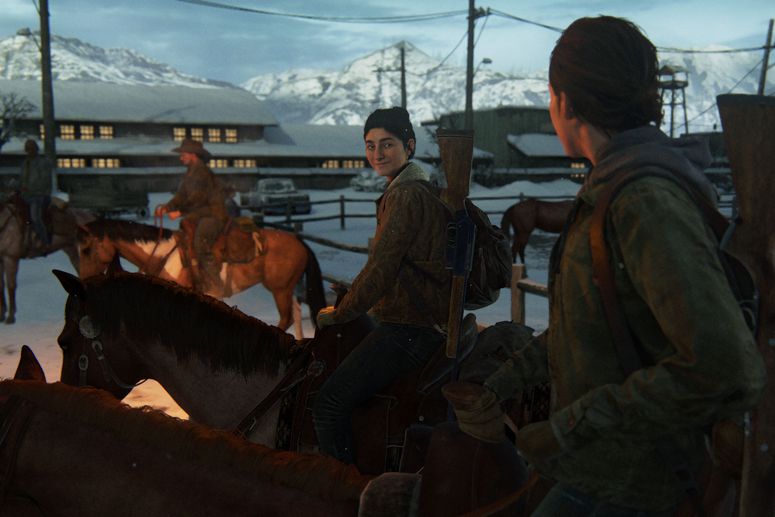 VideogamesLast of Us Part II Can't Escape Its Father's ShadowJulie Muncy
VideogamesLast of Us Part II Can't Escape Its Father's ShadowJulie Muncy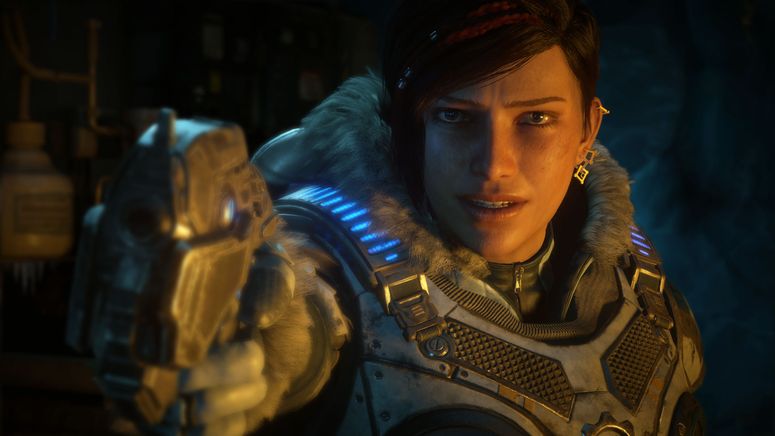 VideogamesFemale Representation in Videogames Isn't Getting Any BetterAnita Sarkeesian and Carolyn Petit
VideogamesFemale Representation in Videogames Isn't Getting Any BetterAnita Sarkeesian and Carolyn Petit Game/Not a GameThe Last of Us Part II and Its Crisis-Strewn Path to ReleaseDarryn King
Game/Not a GameThe Last of Us Part II and Its Crisis-Strewn Path to ReleaseDarryn KingHowever, 2020 has been anything but a normal year, and Covid-19 necessitated the cancelation of E3. The expo’s relevance was already in decline, with companies increasingly relying on direct video presentations they could release to eager audiences of gamers at any time of year; but this year, studios wishing to reach prospective players during the summer months had no other option. So we, too, have adapted. This year, our collected data reflects games featured in video presentations by major studios and publishers that took place between June 11 and September 10. Specifically, we looked at two Sony events, two Ubisoft events, one by EA, and another by Microsoft.
Last year, our fifth year of collecting data from E3 press conferences, we concluded that, for all the increased awareness and conversation about representations of women in games that had occurred over the past decade, in terms of the raw numbers, female representation was just not getting any better, with only a paltry 5 percent of games featured at last year’s event specifically focusing on female characters. Now, here’s the good news: Statistically, this year represents a significant improvement, with about 18 percent of games shown featuring female characters. In fact, this represents a new high, almost doubling the previous (dismal) record of 9 percent from 2014, our first year collecting this data.

